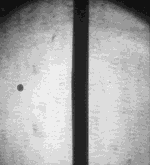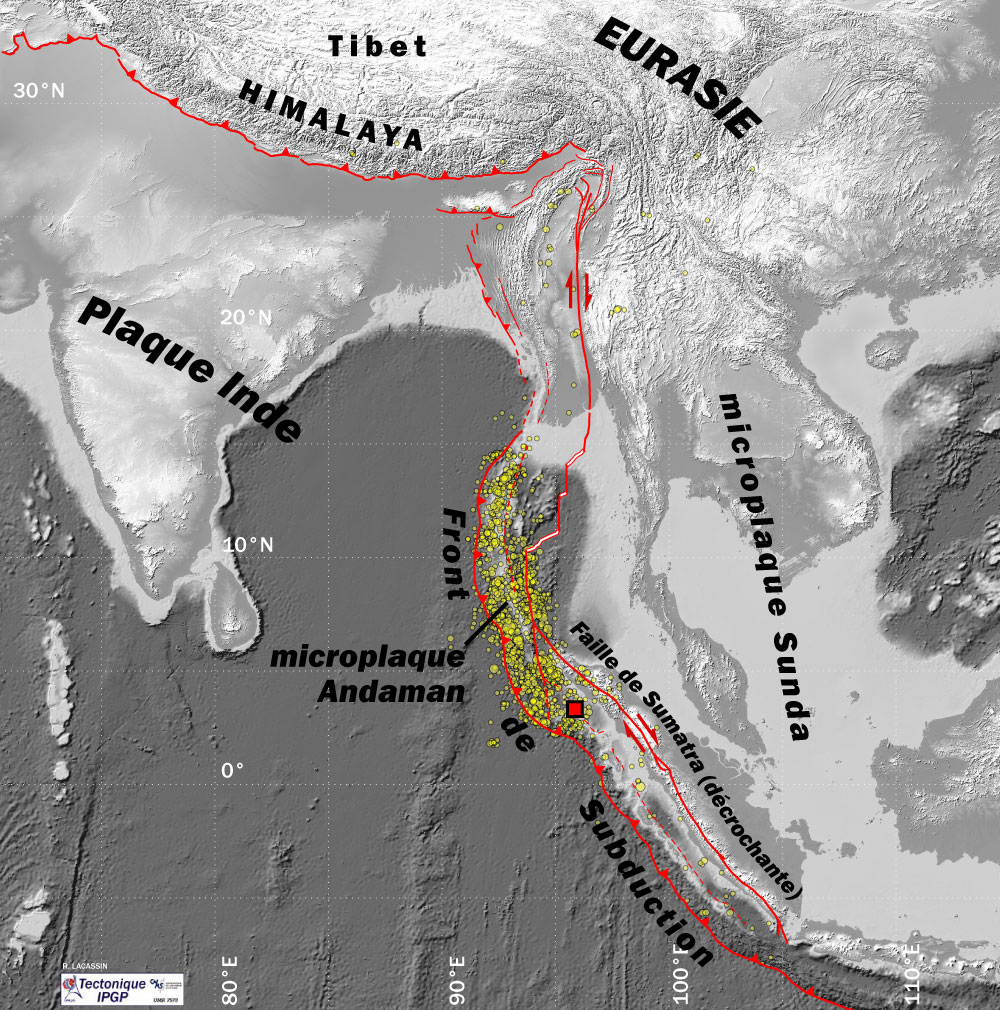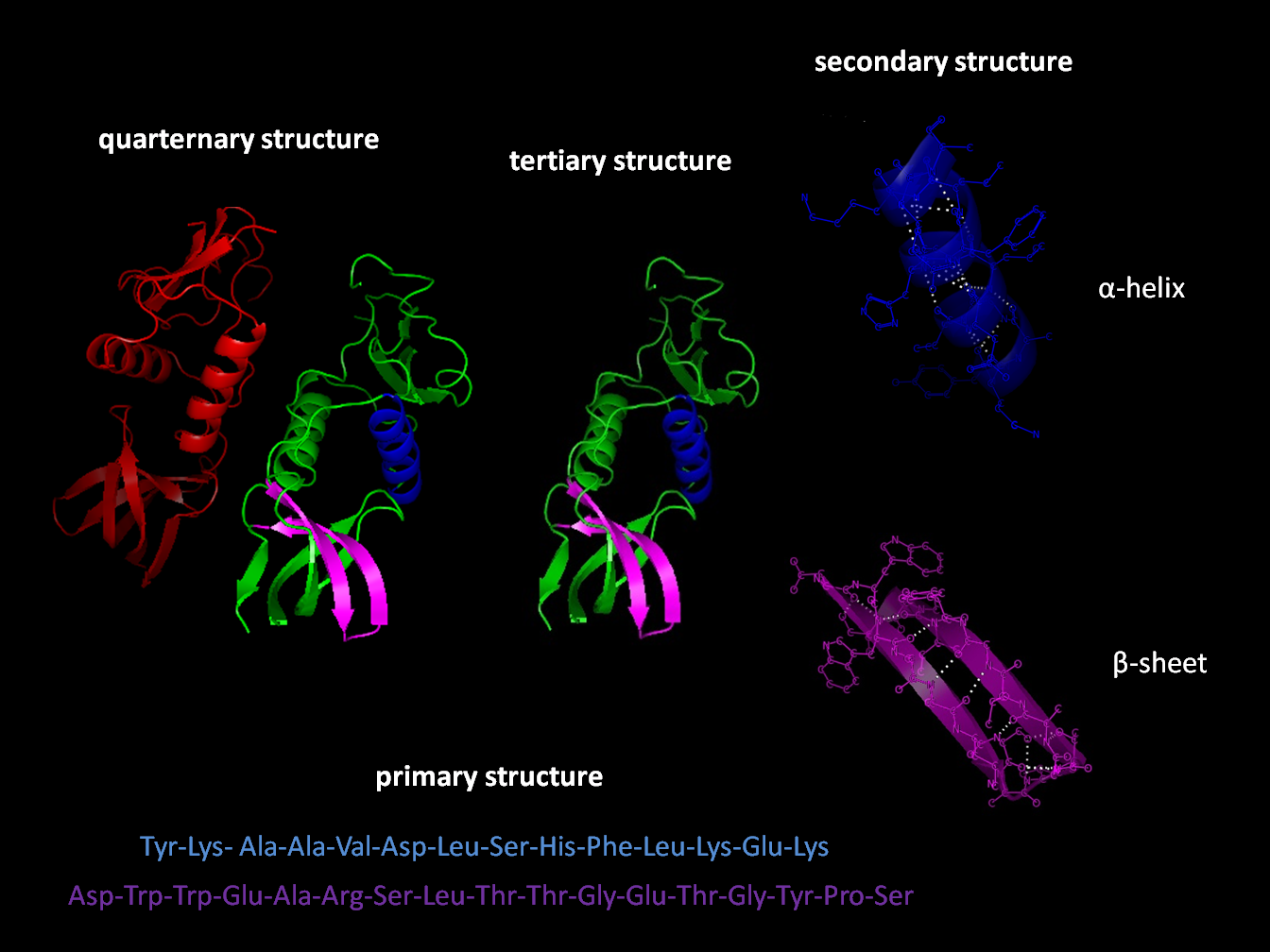|
Microseconds
A microsecond is a unit of time in the International System of Units (SI) equal to one millionth (0.000001 or 10−6 or ) of a second. Its symbol is μs, sometimes simplified to us when Unicode is not available. A microsecond is equal to 1000 nanoseconds or of a millisecond. Because the next SI prefix is 1000 times larger, measurements of 10−5 and 10−4 seconds are typically expressed as tens or hundreds of microseconds. Examples * 1 microsecond (1 μs) – cycle time for frequency (1 MHz), the inverse unit. This corresponds to radio wavelength 300 m (AM medium wave band), as can be calculated by multiplying 1 μs by the speed of light (approximately ). * 1 microsecond – the length of time of a high-speed, commercial strobe light flash (see air-gap flash). * 1 microsecond – protein folding takes place on the order of microseconds. * 1.8 microseconds – the amount of time subtracted from the Earth's day as a result of the 2011 Japanese earthquake. * 2 ... [...More Info...] [...Related Items...] OR: [Wikipedia] [Google] [Baidu] |
2004 Indian Ocean Earthquake And Tsunami
An earthquake and a tsunami, known as the Boxing Day Tsunami and, by the scientific community, the Sumatra–Andaman earthquake, occurred at 07:58:53 local time (UTC+07:00, UTC+7) on 26 December 2004, with an epicentre off the west coast of northern Sumatra, Indonesia. It was an Submarine earthquake, undersea megathrust earthquake that registered a magnitude of 9.1–9.3 , reaching a Modified Mercalli intensity scale, Mercalli intensity up to IX in certain areas. The earthquake was caused by a rupture along the fault between the Burma Plate and the Indian Plate. A series of massive tsunami waves grew up to high once heading inland, after being created by the underwater seismic activity offshore. Communities along the surrounding coasts of the Indian Ocean were devastated, and the tsunamis killed an estimated 227,898 people in 14 countries, making it List of natural disasters by death toll#Ten deadliest natural disasters since 1900 excluding epidemics and famines, one of the de ... [...More Info...] [...Related Items...] OR: [Wikipedia] [Google] [Baidu] |
Air-gap Flash
An air-gap flash is a photographic light source capable of producing sub-microsecond light flashes, allowing for (ultra) high-speed photography. This is achieved by a high-voltage (20 kV typically) electric discharge between two electrodes over the surface of a quartz (or glass) tube. The distance between the electrodes is such that a spontaneous discharge does not occur. To start the discharge a high-voltage pulse (70 kV for example) is applied on an electrode inside the quartz tube. The flash can be triggered electronically by being synchronised with an electronic detection device such as a microphone or an interrupted laser beam in order to illuminate a fast event. A sub-microsecond flash is fast enough to photographically capture a supersonic bullet in flight without noticeable motion blur. History The person credited with popularising the flash is Harold Eugene Edgerton, though the earlier scientist Ernst Mach also used a spark gap as a fast photographic lighting ... [...More Info...] [...Related Items...] OR: [Wikipedia] [Google] [Baidu] |
Second
The second (symbol: s) is the unit of time in the International System of Units (SI), historically defined as of a day – this factor derived from the division of the day first into 24 hours, then to 60 minutes and finally to 60 seconds each (24 × 60 × 60 = 86400). The current and formal definition in the International System of Units ( SI) is more precise:The second ..is defined by taking the fixed numerical value of the caesium frequency, Δ''ν''Cs, the unperturbed ground-state hyperfine transition frequency of the caesium 133 atom, to be when expressed in the unit Hz, which is equal to s−1. This current definition was adopted in 1967 when it became feasible to define the second based on fundamental properties of nature with caesium clocks. Because the speed of Earth's rotation varies and is slowing ever so slightly, a leap second is added at irregular intervals to civil time to keep clocks in sync with Earth's rotation. Uses Analog clocks and watches often ha ... [...More Info...] [...Related Items...] OR: [Wikipedia] [Google] [Baidu] |
Millisecond
A millisecond (from '' milli-'' and second; symbol: ms) is a unit of time in the International System of Units (SI) equal to one thousandth (0.001 or 10−3 or 1/1000) of a second and to 1000 microseconds. A unit of 10 milliseconds may be called a centisecond, and one of 100 milliseconds a decisecond, but these names are rarely used. To help compare orders of magnitude of different times, this page lists times between 10−3 seconds and 100 seconds (1 millisecond and one second). ''See also'' times of other orders of magnitude. Examples The Apollo Guidance Computer used metric units internally, with centiseconds used for time calculation and measurement. *1 millisecond (1 ms) – cycle time for frequency 1 kHz; duration of light for typical photo flash strobe; time taken for sound wave to travel about 34 cm; repetition interval of GPS C/A PN code *1 millisecond - time taken for light to travel 204.19 km in a single mode fiber optic cable for a wav ... [...More Info...] [...Related Items...] OR: [Wikipedia] [Google] [Baidu] |
Protein Folding
Protein folding is the physical process by which a protein chain is translated to its native three-dimensional structure, typically a "folded" conformation by which the protein becomes biologically functional. Via an expeditious and reproducible process, a polypeptide folds into its characteristic three-dimensional structure from a random coil. Each protein exists first as an unfolded polypeptide or random coil after being translated from a sequence of mRNA to a linear chain of amino acids. At this stage the polypeptide lacks any stable (long-lasting) three-dimensional structure (the left hand side of the first figure). As the polypeptide chain is being synthesized by a ribosome, the linear chain begins to fold into its three-dimensional structure. Folding of many proteins begins even during translation of the polypeptide chain. Amino acids interact with each other to produce a well-defined three-dimensional structure, the folded protein (the right hand side of the figure ... [...More Info...] [...Related Items...] OR: [Wikipedia] [Google] [Baidu] |
Vacuum
A vacuum is a space devoid of matter. The word is derived from the Latin adjective ''vacuus'' for "vacant" or " void". An approximation to such vacuum is a region with a gaseous pressure much less than atmospheric pressure. Physicists often discuss ideal test results that would occur in a ''perfect'' vacuum, which they sometimes simply call "vacuum" or free space, and use the term partial vacuum to refer to an actual imperfect vacuum as one might have in a laboratory or in space. In engineering and applied physics on the other hand, vacuum refers to any space in which the pressure is considerably lower than atmospheric pressure. The Latin term ''in vacuo'' is used to describe an object that is surrounded by a vacuum. The ''quality'' of a partial vacuum refers to how closely it approaches a perfect vacuum. Other things equal, lower gas pressure means higher-quality vacuum. For example, a typical vacuum cleaner produces enough suction to reduce air pressure by around 20%. But ... [...More Info...] [...Related Items...] OR: [Wikipedia] [Google] [Baidu] |
Muonium
Muonium is an exotic atom made up of an antimuon and an electron, which was discovered in 1960 by Vernon W. Hughes and is given the chemical symbol Mu. During the muon's lifetime, muonium can undergo chemical reactions. Due to the mass difference between the antimuon and the electron, muonium () is more similar to atomic hydrogen () than positronium (). Its Bohr radius and ionization energy are within 0.5% of hydrogen, deuterium, and tritium, and thus it can usefully be considered as an exotic light isotope of hydrogen. Although muonium is short-lived, physical chemists study it using muon spin spectroscopy (μSR), a magnetic resonance technique analogous to nuclear magnetic resonance (NMR) or electron spin resonance (ESR) spectroscopy. Like ESR, μSR is useful for the analysis of chemical transformations and the structure of compounds with novel or potentially valuable electronic properties. Muonium is usually studied by muon spin rotation, in which the Mu atom's spin p ... [...More Info...] [...Related Items...] OR: [Wikipedia] [Google] [Baidu] |
Light
Light or visible light is electromagnetic radiation that can be perceived by the human eye. Visible light is usually defined as having wavelengths in the range of 400–700 nanometres (nm), corresponding to frequencies of 750–420 terahertz, between the infrared (with longer wavelengths) and the ultraviolet (with shorter wavelengths). In physics, the term "light" may refer more broadly to electromagnetic radiation of any wavelength, whether visible or not. In this sense, gamma rays, X-rays, microwaves and radio waves are also light. The primary properties of light are intensity, propagation direction, frequency or wavelength spectrum and polarization. Its speed in a vacuum, 299 792 458 metres a second (m/s), is one of the fundamental constants of nature. Like all types of electromagnetic radiation, visible light propagates by massless elementary particles called photons that represents the quanta of electromagnetic field, and can be analyzed as both waves and par ... [...More Info...] [...Related Items...] OR: [Wikipedia] [Google] [Baidu] |
Kilometre
The kilometre ( SI symbol: km; or ), spelt kilometer in American English, is a unit of length in the International System of Units (SI), equal to one thousand metres ( kilo- being the SI prefix for ). It is now the measurement unit used for expressing distances between geographical places on land in most of the world; notable exceptions are the United States and the United Kingdom where the statute mile is the unit used. The abbreviations k or K (pronounced ) are commonly used to represent kilometre, but are not recommended by the BIPM. A slang term for the kilometre in the US, UK, and Canadian militaries is ''klick''. Pronunciation There are two common pronunciations for the word. # # The first pronunciation follows a pattern in English whereby metric units are pronounced with the stress on the first syllable (as in kilogram, kilojoule and kilohertz) and the pronunciation of the actual base unit does not change irrespective of the prefix (as in centimetre, millimetre ... [...More Info...] [...Related Items...] OR: [Wikipedia] [Google] [Baidu] |
Hertz
The hertz (symbol: Hz) is the unit of frequency in the International System of Units (SI), equivalent to one event (or cycle) per second. The hertz is an SI derived unit whose expression in terms of SI base units is s−1, meaning that one hertz is the reciprocal of one second. It is named after Heinrich Rudolf Hertz (1857–1894), the first person to provide conclusive proof of the existence of electromagnetic waves. Hertz are commonly expressed in multiples: kilohertz (kHz), megahertz (MHz), gigahertz (GHz), terahertz (THz). Some of the unit's most common uses are in the description of periodic waveforms and musical tones, particularly those used in radio- and audio-related applications. It is also used to describe the clock speeds at which computers and other electronics are driven. The units are sometimes also used as a representation of the energy of a photon, via the Planck relation ''E'' = ''hν'', where ''E'' is the photon's energy, ''ν'' is its frequency ... [...More Info...] [...Related Items...] OR: [Wikipedia] [Google] [Baidu] |
Mile
The mile, sometimes the international mile or statute mile to distinguish it from other miles, is a British imperial unit and United States customary unit of distance; both are based on the older English unit of length equal to 5,280 English feet, or 1,760 yards. The statute mile was standardised between the British Commonwealth and the United States by an international agreement in 1959, when it was formally redefined with respect to SI units as exactly . With qualifiers, ''mile'' is also used to describe or translate a wide range of units derived from or roughly equivalent to the Roman mile, such as the nautical mile (now exactly), the Italian mile (roughly ), and the Chinese mile (now exactly). The Romans divided their mile into 5,000 Roman feet but the greater importance of furlongs in Elizabethan-era England meant that the statute mile was made equivalent to or in 1593. This form of the mile then spread across the British Empire, some successor states of w ... [...More Info...] [...Related Items...] OR: [Wikipedia] [Google] [Baidu] |
Single-mode Optical Fiber
In fiber-optic communication, a single-mode optical fiber (SMF), also known as fundamental- or mono-mode, is an optical fiber designed to carry only a single mode of light - the transverse mode. Modes are the possible solutions of the Helmholtz equation for waves, which is obtained by combining Maxwell's equations and the boundary conditions. These modes define the way the wave travels through space, i.e. how the wave is distributed in space. Waves can have the same mode but have different frequencies. This is the case in single-mode fibers, where we can have waves with different frequencies, but of the same mode, which means that they are distributed in space in the same way, and that gives us a single ray of light. Although the ray travels parallel to the length of the fiber, it is often called transverse mode since its electromagnetic oscillations occur perpendicular (transverse) to the length of the fiber. The 2009 Nobel Prize in Physics was awarded to Charles K. Kao for hi ... [...More Info...] [...Related Items...] OR: [Wikipedia] [Google] [Baidu] |




.jpg)

